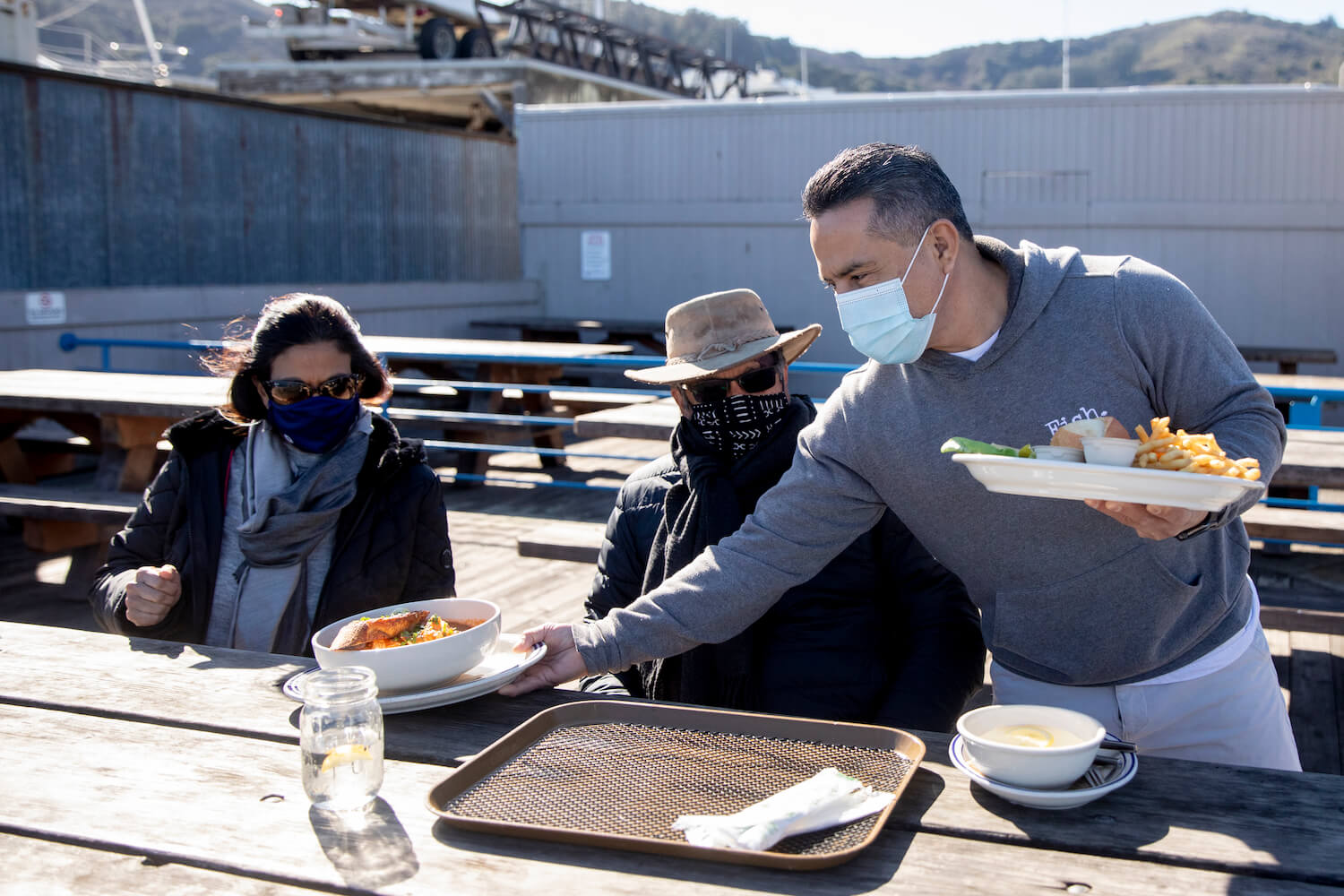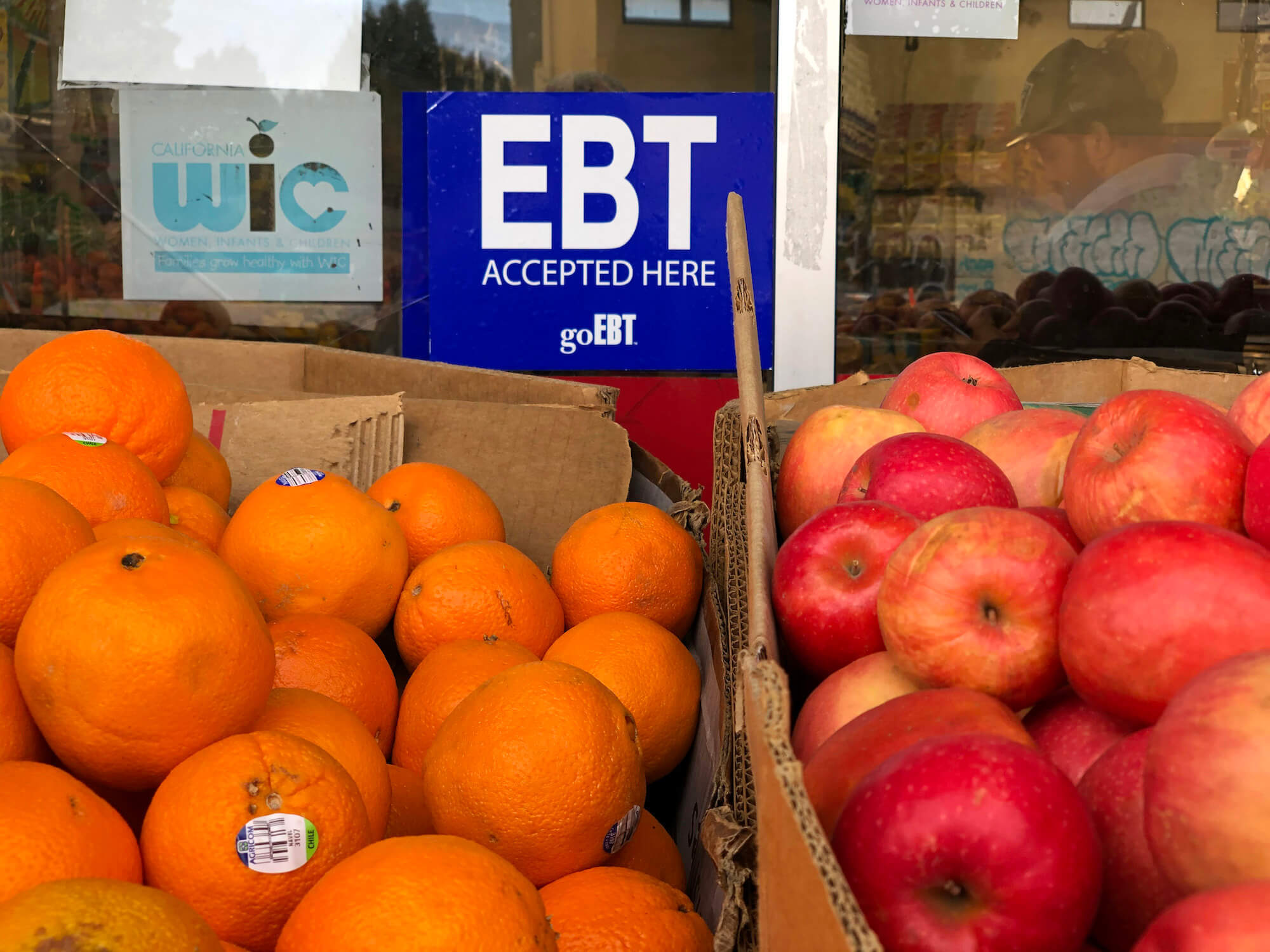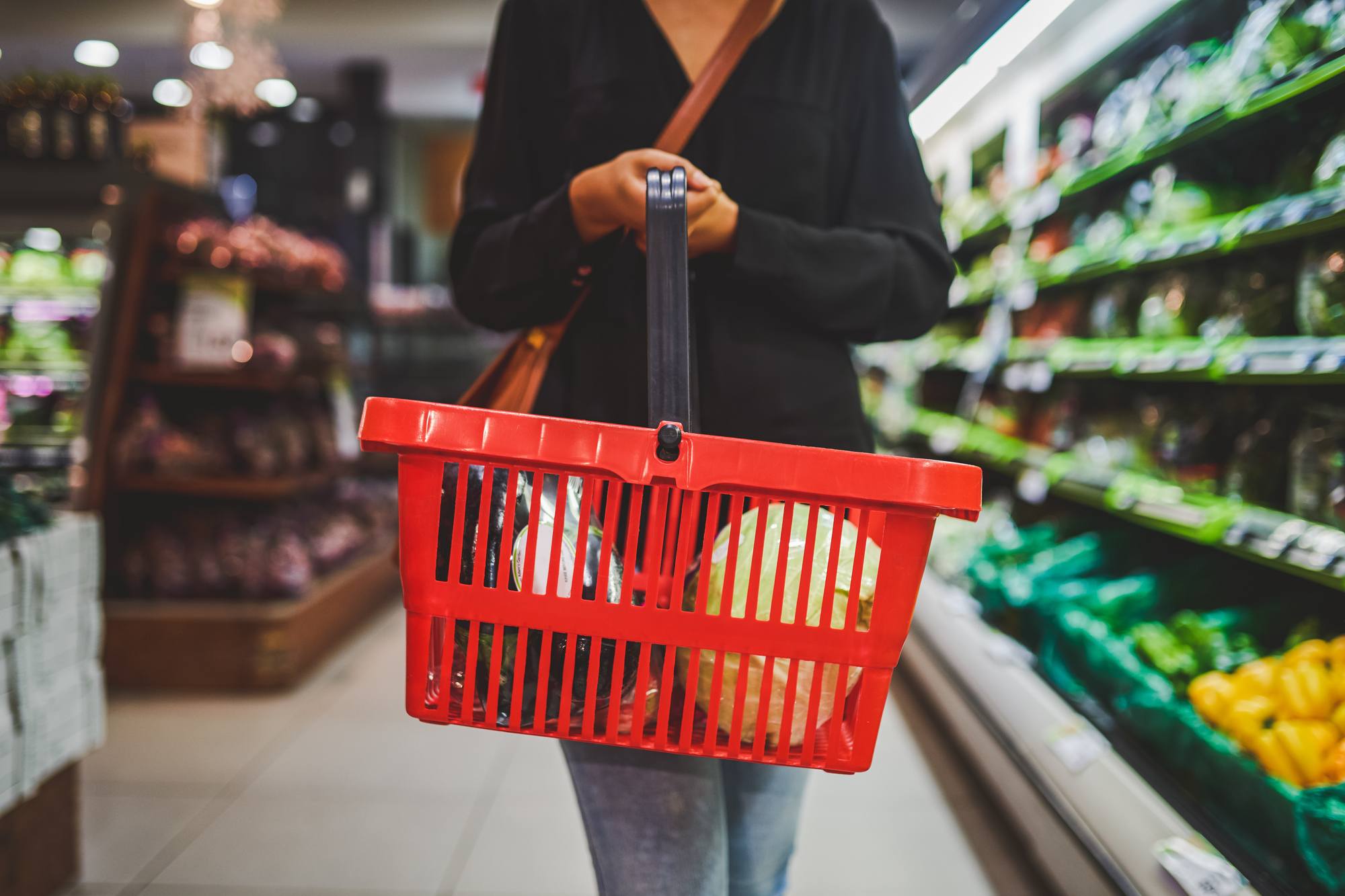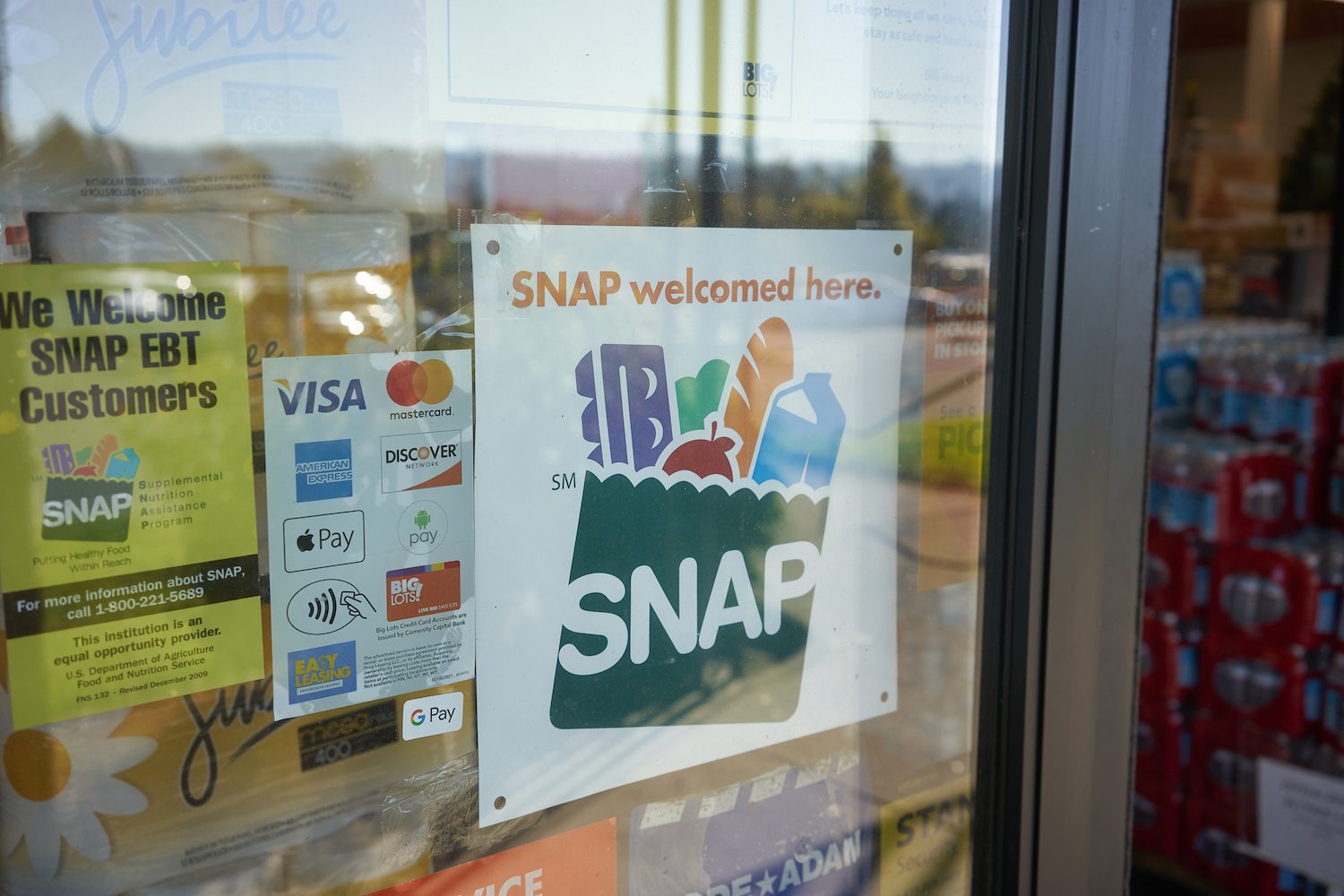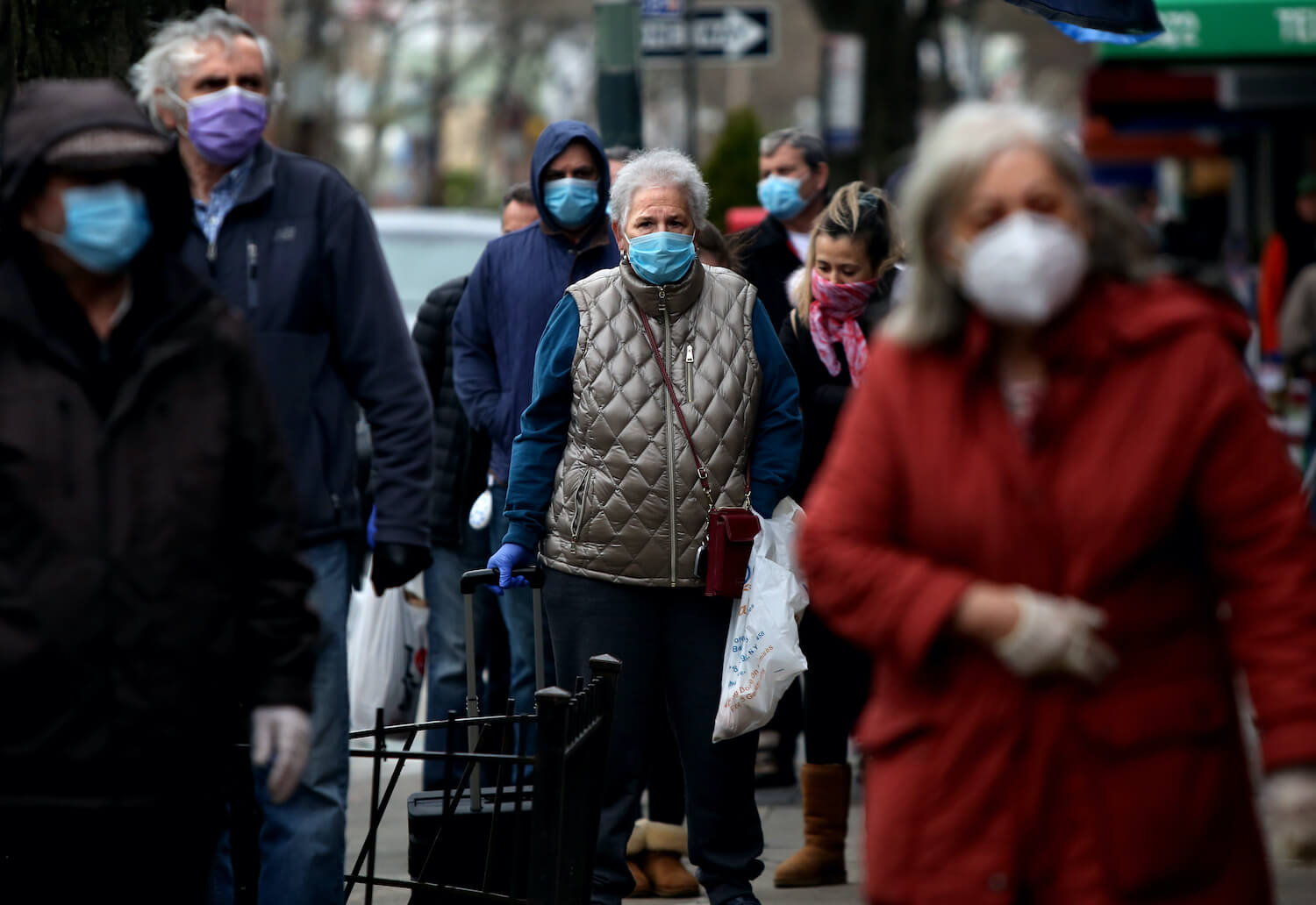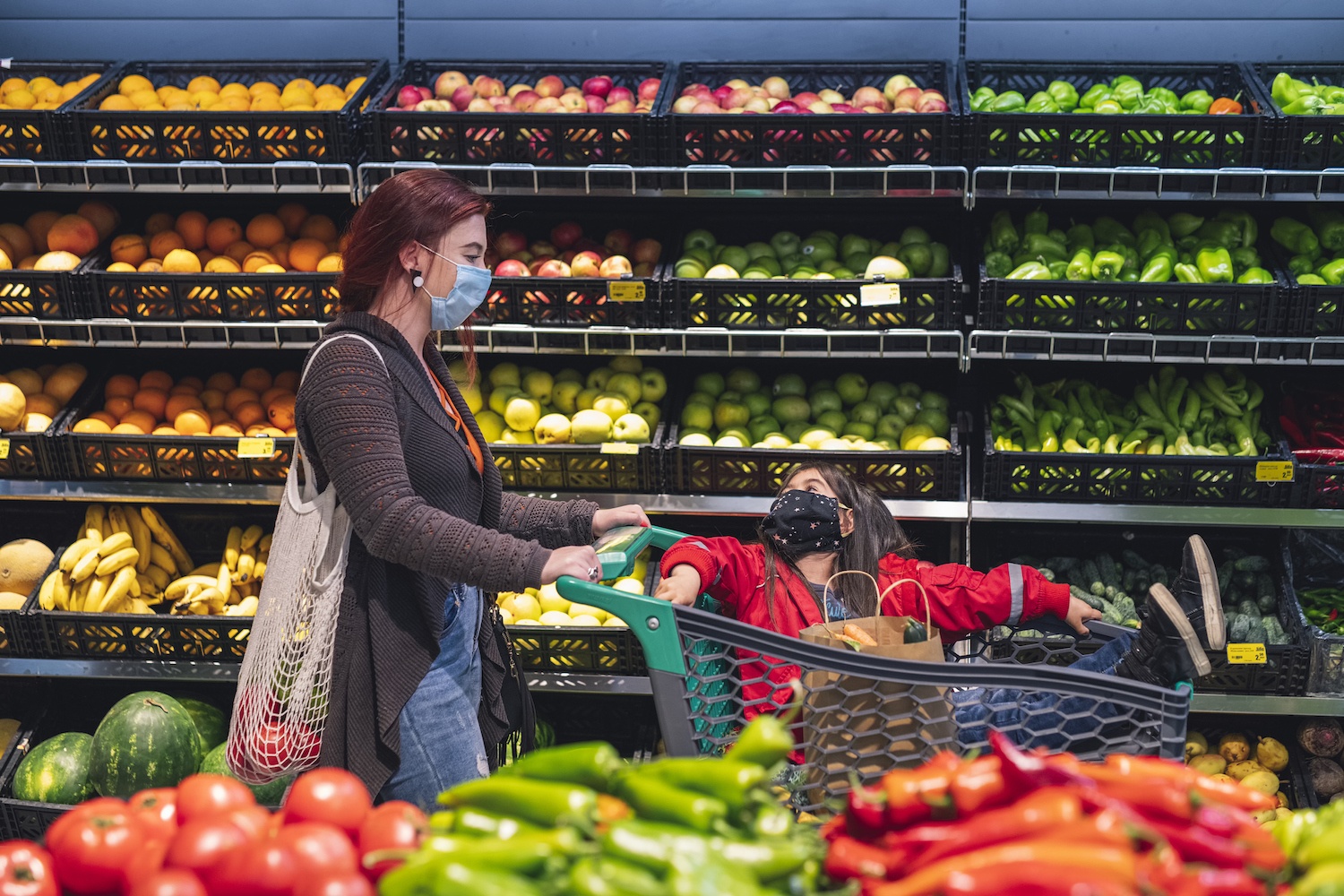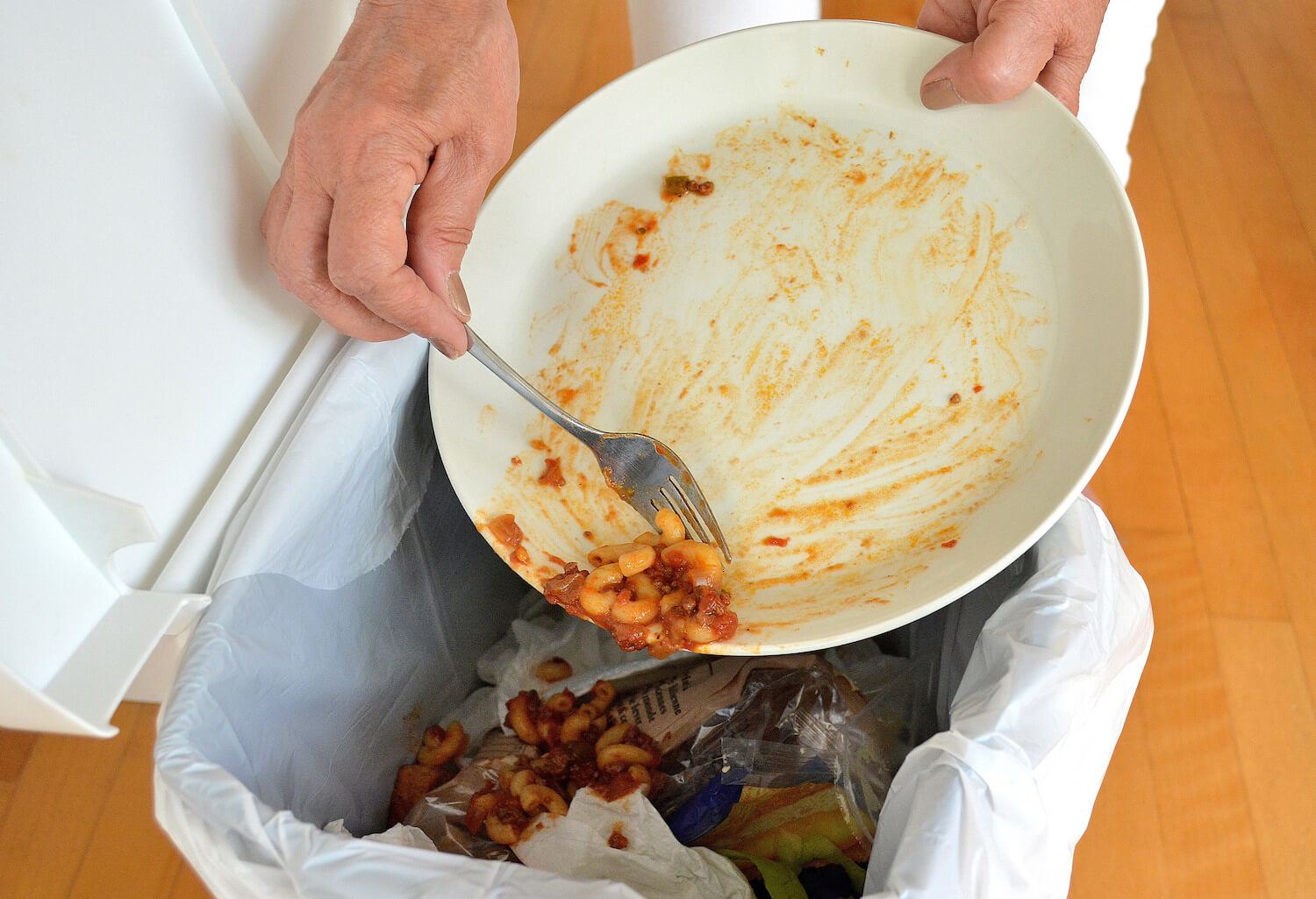A growing contingent of advocates and academics have warned that many Americans no longer have the time, skills, resources or physical ability to prepare the kinds of recipes lawmakers envisioned at the launch of SNAP.
Maryland resident Rhona Reiss began speaking out about gaps in the food stamp program the day she learned it wouldn’t cover rotisserie chicken. Under long-standing federal policy, benefits can’t be used to buy hot or prepared foods—even for older adults like Reiss, who is 77.
This story was republished from Stateline, an initiative of The Pew Charitable Trusts. Read the original story here.
But that policy is shifting in Maryland and in states across the country. In the past two years, six states have opted in to a little-used federal program that allows older adults to use their food benefits on select, low-cost restaurant meals.
The Restaurant Meals Program, as it’s known, also covers people with disabilities and people experiencing homelessness. The program is most widely available in California and Arizona, with newer entrants such as Maryland and Illinois still ramping up their operations.
Nutrition experts and advocates say the program’s sudden growth is part of a larger push to expand access to the Supplemental Nutrition Assistance Program, known as SNAP, during the pandemic, as well as an overdue reckoning around home-cooking and federal nutrition aid. American anti-hunger policy has long assumed that the best way to feed hungry people is to encourage them to cook for themselves.
But a growing contingent of advocates and academics have warned that many Americans no longer have the time, skills, resources or physical ability to prepare the kinds of recipes lawmakers envisioned at the launch of the nutrition assistance program, which in 2021 distributed $108 billion in benefits. Reiss, who now volunteers with the Montgomery County Food Council in Maryland, has testified to the state legislature about friends with arthritis too severe to hold a knife, and acquaintances whose homes lack full, working kitchens.
“We just sort of ignore the fact that there are populations that don’t have the means to prepare or store food.”
“We just sort of ignore the fact that there are populations that don’t have the means to prepare or store food,” said Mohammed Aly, the executive director of the Orange County Poverty Alleviation Coalition, which fought to expand the Restaurant Meals Program in California, “and that literally the most poor and the most disabled among us are completely left out of our nationwide hunger assistance program.”
“The fact that only a handful of states have heard of this program or have implemented it in any fashion—that absolutely needs to change.”
Restaurant Meals has, however, faced challenges and opposition in several states, often over the nutrition and cost of the meals it offers. The program has drawn significant controversy for allowing participants to eat at fast food chains.
And some states have found it difficult to implement, with fewer restaurants choosing to participate than advocates expected. Illinois, for example, approved legislation two years ago but hasn’t gotten a program up and running yet.
“Just understand that this will allow individuals who are receiving food stamps, with the intent behind that that they can go to the grocery store and purchase needed supplies for the family, to now go to a restaurant and do the same,” said Virginia state Rep. Robert Orrock, a Republican, during a January 2020 floor debate. “This now further dilutes the monies they receive to allow them to go out to a restaurant and get less food for more money.”
‘It’s a lifesaver’
Before the recent surge in interest around Restaurant Meals, the program had been shrinking for almost two decades: from 19 states in 2003 to only four by 2018. Few states have publicized their rationale for leaving the program, which remains obscure even within the federal welfare bureaucracy. One former U.S. Department of Agriculture official described Restaurant Meals as a “small, random stepchild program,” an option that many welfare departments had deprioritized or forgotten since it became available in 1978.
Advocates and policymakers across the country, however, credit California with renewing interest in Restaurant Meals. Since the early 2000s, 11 counties in California have opted in to the program, often spurred by a homelessness crisis that undermined traditional methods of food assistance.
Soup kitchens and food pantries strained to keep pace with growing encampments in places such as Fresno and Los Angeles. Homeless individuals, meanwhile, had no safe way to store their food, let alone cook it.
“We have been listening to these reasonable questions like, ‘Why can I buy a frozen pizza, but not a hot pizza?’ ‘Why can I buy raw chicken, but not rotisserie?’” said Michael J. Wilson, the director of Maryland Hunger Solutions, which looked to California as it began its advocacy for the program. “And that has forced us to reexamine … what programs exist to address these problems. That often leads to Restaurant Meals.”
To join Restaurant Meals, states must first demonstrate to the U.S. Department of Agriculture that some high-needs residents aren’t well-served by traditional food benefits.
Six states—Arizona, California, Maryland, Michigan, Rhode Island and Virginia—now let some SNAP users eat at restaurants, and Illinois and New York have passed laws directing their social service agencies to apply for the program. In 2019, the California legislature also passed a measure that expanded Restaurant Meals statewide, including in small and rural counties that didn’t previously participate.
While program legislation often has passed largely along party lines, there are notable exceptions: California passed its bill unanimously, and in Illinois, Senate Republican Leader Dan McConchie spoke in favor of the program, citing the personal difficulty he faces preparing meals in a wheelchair.
“We’re always looking for ways to maximize SNAP benefits for our constituents, many of whom are disabled or seniors,” said New York Assembly Member Karines Reyes, a Democrat who sponsored that state’s legislation and represents the Bronx. “The Restaurant Meals Program is already a federal program, and it’s been piloted in several states, so it was the perfect way for us to do that.”
To join Restaurant Meals, states must first demonstrate to the U.S. Department of Agriculture that some high-needs residents aren’t well-served by traditional food benefits. The program then allows members of three target populations—adults over 60, people with disabilities and people who are homeless, plus their spouses—to eat at low-cost, state-certified restaurants, often chains such as Subway and McDonald’s.
State or county welfare agencies must require that participating restaurants offer discounted meals to participants. They also can mandate that restaurants meet certain nutrition standards or include an indoor seating area, providing socialization and clean restrooms to people who might otherwise not have access. For many participants, the program is “a source of dignity” as well as food, said Andrew Cheyne, the director of government affairs at the California Association of Food Banks.
In Los Angeles County alone, more than 1,500 restaurants and 155,000 households participate.
“I know the whole menu at all of these places,” said one California older adult, who asked that her name be withheld because of the stigma associated with food stamps. “I get the Subway salads. I get the $2 Burger King breakfast. It gets you through, really—it’s a lifesaver.”
Pushback and delays
In 2011, the program endured a minor scandal when USA Today reported that the company behind Pizza Hut, Taco Bell and KFC was lobbying for a national expansion. Several high-profile food policy experts, including New York University’s Marion Nestle, promptly panned the program as a handout to fast-food corporations. Michigan, citing concerns about poor nutrition, eliminated its program in 2013. California also considered scrapping it.
More recently, as the program came before the New York State Assembly, skeptics questioned both the healthfulness and relative cost of restaurant meals, said Reyes, the state representative. Critics in Illinois and Virginia also have argued that current benefit levels won’t cover the higher cost of dining out, creating more problems for both recipients and the welfare system.
The New York bill eventually secured support from both Democrats and Republicans—aided in part by the additional, pandemic-era argument that ailing restaurants could use a cash infusion.
“It’s become clear that implementation of this program is more than just getting policy approval. It really requires on-the-ground community engagement.”
“The dialogues have been unfortunate,” said Jessica Bartholow, who for years advocated to expand California’s Restaurant Meals Program before becoming chief of staff for state Sen. Nancy Skinner, a Democrat. “‘What food will they get? Is it healthy? Are taxpayers paying for this?’ The dialogue completely undermines the bigger picture—which is that some people can’t prepare food for themselves.”
Some state agencies also have hesitated to adopt the program on the grounds that it’s difficult to administer. In many places, signing up restaurants is a lengthy bureaucratic process, requiring eateries to fill out multiple applications and buy equipment to process SNAP cards. Agencies also must update or retrofit their case management systems to distinguish eligible older, disabled and homeless users.
In Illinois, where the state legislature voted to opt in to Restaurant Meals two years ago, the program is still struggling to recruit enough restaurants for a pilot covering four ZIP codes, said Sophie Milam, the vice president of policy at the Greater Chicago Food Depository, the city’s food bank. The delay surprised advocates, who previously thought that gaining federal approval for the program would pose their greatest challenge. (A representative from the Illinois Department of Human Services did not respond to a request to discuss the rollout’s progress.)
“It’s become clear that implementation of this program is more than just getting policy approval,” Milam said. “It really requires on-the-ground community engagement.”
Next steps
Even in the program’s broadest application, however, many state anti-hunger advocates say they see Restaurant Meals as the first step toward a broader overhaul of the food-stamp program. Most recipients still can’t spend their benefits on rotisserie chicken or hot soup, even in grocery stores—a change that would require congressional action, according to a USDA spokesperson.
Some academics also argue that current benefit amounts, even after significant pandemic increases, are misaligned with how most households shop and eat. A 2018 report by economists in USDA’s Economic Research Service found that Americans have dramatically increased their consumption of ready-to-eat and convenience foods, especially in households where all adults work.
Generally speaking, however, families face a trade-off between how much money they spend on groceries and how much time they spend preparing meals, said George Davis, a food and health economist at Virginia Tech. Buying convenience foods may mean less time and effort cooking—but it also runs up a grocery bill higher than most households can afford with SNAP.
In a recent paper, Davis and other researchers determined that the average household on SNAP would need to reallocate almost a quarter of their working hours to cooking in order to meet the nutritional and budgetary guidelines set by the Agriculture Department.
“When you consider that this population is working multiple jobs, raising children, dealing with social services, that’s not a lot of time to cook.”
“That would be difficult for anyone, but it’s especially difficult for low-income families because they have so many competing demands on their time,” said Lindsey Smith Taillie, a nutrition epidemiologist at the University of North Carolina at Chapel Hill who has studied home cooking and diet trends among low-income people. “When you consider that this population is working multiple jobs, raising children, dealing with social services, that’s not a lot of time to cook.”
Reiss, the older Maryland resident, agrees. Because Maryland is still rolling out its Restaurant Meals Program, she can’t yet access it where she lives in Montgomery County. Already, however, she’s lobbying her representatives to take up the broader hot-food ban in the 2023 federal farm bill, the massive, five-year legislative package that governs nutrition policy.
She hopes to convince Maryland officials, she said, that a range of low-income people—not only older adults, those with disabilities or homeless people—could benefit from access to some types of hot or prepared foods.
“Change takes time, and I know I need to be patient,” Reiss said. “But I’m so passionate about seeing these SNAP regulations changed for all the people who need it.”
